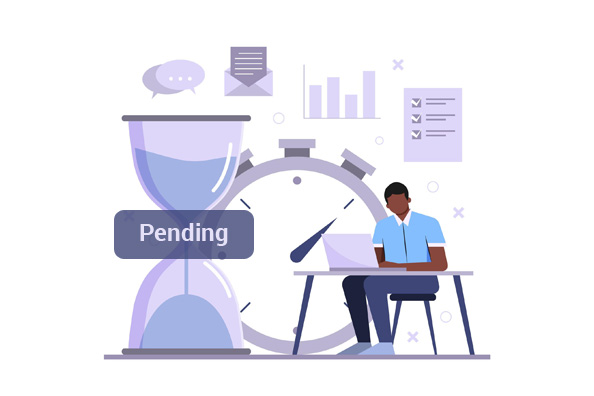
“The yield gap impacts your real estate investments. Use it to assess risk and identify profitable opportunities”
The real estate investment business is all about numbers, therefore knowing these fundamentals is the difference between a good investment and a great investment. Of all the many metrics, the “yield gap” is arguably one of the most crucial. The yield gap becomes a very important tool for sophisticated investors who wish to know the available opportunities in the market, risks and the profitability of a particular property. In this guide, read about the yield gap basics, why it should matter to you, and how it can benefit you when undertaking real estate investments.
What is the Yield Gap in Real Estate?
This yield gap refers to the difference between rental yield and return from a risk-free investment such as government bonds.
- Rental Yield: The percentage of annual rental income received on the value of a property.
- Risk-Free Rate: The rate of return that is assumed safe. Examples of risk-free rates are those from government bonds.
The yield Gap formula is: Yield Gap = Rental Yield − Risk-free rate For instance, if property yields 5% of rental and the yield of a 10-year government bond is 3%, then the yield gap is 2%.
Why is the Yield Gap Important?
The yield gap is such a useful concept as it points out certain risks associated with real estate investment opportunities. Here’s why it matters:
Assessing Attractiveness
A wider yield gap compared to rental yield shows that real estate is providing better returns as compared to safer other securities. This in turn may make property investment more attractive.
Market Sentiment
A narrowing yield gap may mean that the price of properties is increasing faster than the rates of rental income, thus pointing at market overheating or potentially poor rental yield prospects.
Comparing Alternatives
Potential clients and investors can determine by yield gap whether it is most appropriate to invest in real estate rather than in stocks, bonds, or savings accounts.
How to Use the Yield Gap as an Investor?
For smart investors, the yield gap can provide valuable insights into where and when to invest:
1. Analyze Local Markets
Real estate yields and bond yields differ depending on the area and its economic factors. Research the yield gap to understand in more detail whether the properties in a particular zone could provide satisfactory yield in ratio to low-risk investment. For example, it may remain viable to invest in high-yielding markets such as growing urban areas with a yield gap of 2 to 3 per cent considering the appreciation gains.
2. Monitor Economic Trends
Be aware of bond yields and interest rates. If yields go up, relative to bonds, the yield spread may close, making real estate less appealing. On the other hand, declining bond yields expand the yield differential which in turn boosts the attractiveness of property investments.
3. Balance Risk and Return
The yield gap enables you to match risks with the returns to give you the kind of investment you want. If the yield gap is small, then determine whether the growth prospects or the location of the property outweigh the level of risk that runs with it as compared to another more secure property.
To conclude, the yield gap is a powerful tool that helps you measure the relative value of real estate compared to any safer investment alternatives. Using the knowledge of how to calculate and analyse the yield gap, you can make better decisions, identify potential profitable opportunities, and avoid overpriced markets.








